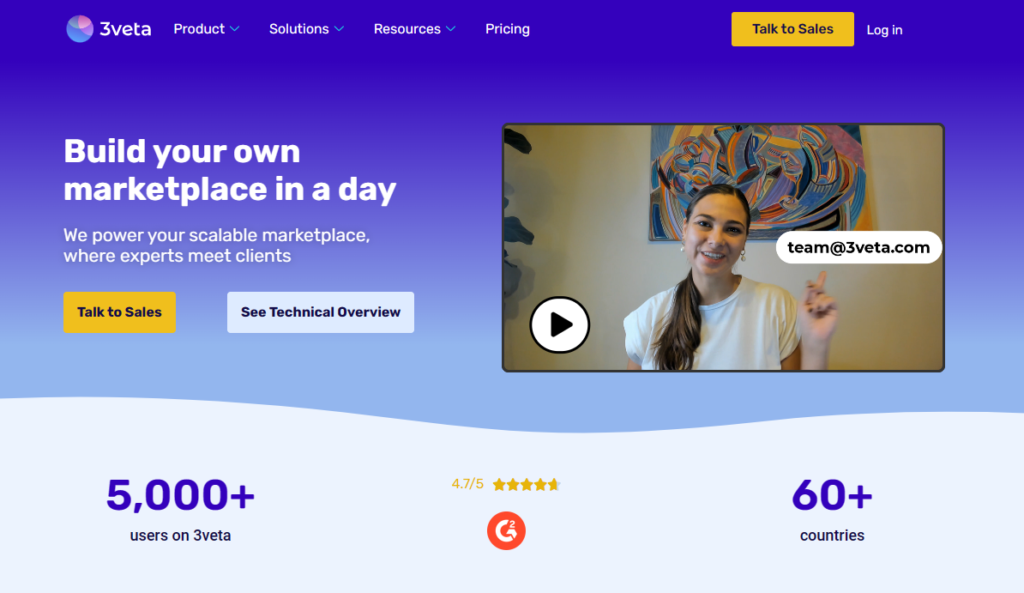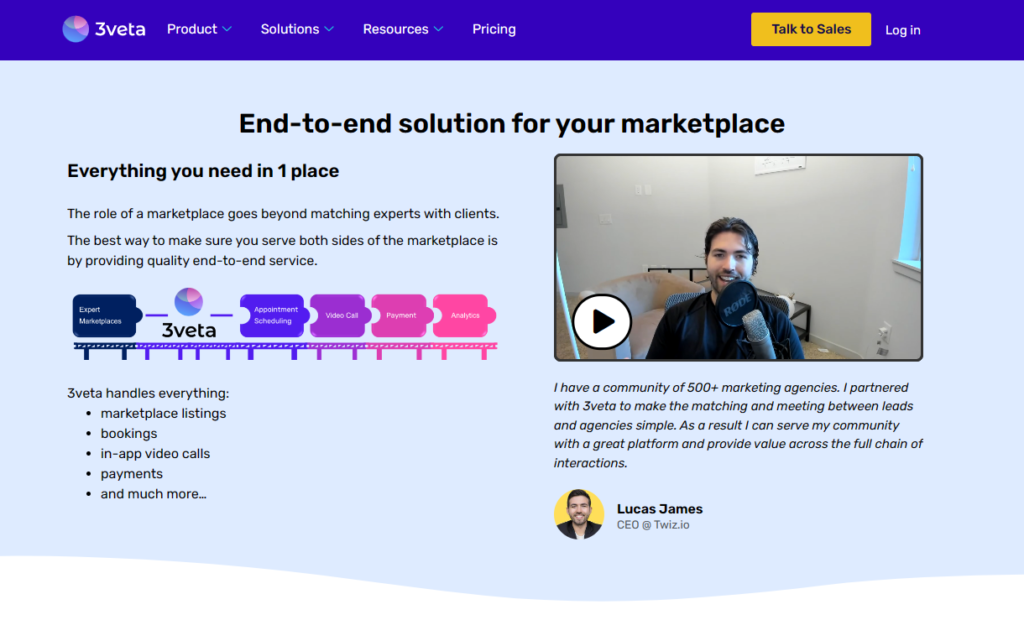No-code solutions for digital businesses are becoming increasingly popular as many entrepreneurs lack programming skills or don’t have the budget to hire IT specialists.
In those cases, they resort to platforms that offer no-code or low-code solutions to their business needs.
If professionals want to start offering their services fast, easily and without spending a fortune, building a no-code platform or marketplace is the correct way to go.
Of course, as an alternative to traditional software development, no-code solutions for marketplaces offer certain pros and cons. However, every businessman should put those on the scales and see which side is the dominant one considering their business goals.
In this article, we will provide information for those who have already done the weighting and are ready to build a no-code marketplace.
What are no-code and low-code solutions for marketplaces?
IBM differentiates between the low-code and no-code solutions by explaining the following:
Low code is about automating the most standard and basic aspects of coding that are time-consuming so that professional developers can focus on the details – making the website innovative and rich in features.
No-code, on the other hand, helps business owners that have little to no technical skills to build their own marketplace online platform or app without hiring a whole team of programmers.

Both services are based on visual, pre-configured interfaces that use drag-and-drop or point-and-click methods.
So if you are to use a platform that helps you create a no-code P2P marketplace app, then you’ll be using the design of a pre-built template that gives you room for customizations such as adding your logo and brand colors.
And if you are to make use of a low-code design, then you’ll have to use some coding skills yourself or hire a person who has such to change the page layouts, add new features, or alter how the marketplace works.
Is it hard to build a marketplace?
Truth be told, service marketplaces are way more complicated than single-page platforms or e-commerce stores. Since they handle everything in between seller listings and customer support, there are many features that need to be considered.
A few years back only those with advanced programming skills were able to develop and grow their businesses in the virtual world.
Now, there are many tools to build a marketplace without coding but just a few of them support customization and a vast variety of features while maintaining an affordable price.

A good no-code marketplace builder should help you handle services features such as:
- Easy scheduling to make it easy for customers to book meetings
- Video conferencing to enable live consultations
- Secure payments to build trust with your marketplace users
- Moderation panel for service providers to handle their listings
- Convenient and easy-to-navigate search bar for customers
- Analytics dashboard for better understanding of user metrics
💡 Pro tip
It is possible to create a marketplace with no code in 3-5 working days without compromising your preferences, all you have to do is find the right tool for the job.
The benefit of a no-code marketplace is that all of the above-mentioned should be provided without requiring any technical knowledge from your side.
How can I create my own marketplace with 3veta?
You may have already figured out that our answer to the question ‘How to build an online marketplace website?’ is to use 3veta’s no-code marketplace builder.
But how exactly does that work?
We ask business owners to provide only two key details as input so that we can start building their service marketplace:
- Their marketplace branding
- Several DNS records
If you’re unfamiliar with the second point, DNS stands for Domain Name System, and it is used to point an incoming website domain toward the IP address of the server. So, when you enter “3veta.com”, the DNS records fetch the IP address of our server and serve you the site. Feel free to learn more on the matter if you feel like it.
In exchange for that info, you will get:
- Fully-fledged service marketplace platform on your own domain with your own branding
- Server setup with AWS (EC2, CDN with S3 and CloudFront, DNS with Route 53, logs with CloudWatch, tier access with IAM, automatic SSL management, etc.)
- The ability to choose what modules you need for your unique use case (video conferencing, scheduling, payments, analytics, and more.)
- Setup of usage dashboard monitoring system
- Continuous backups
- Continuous updates on the system with all future features and software updates
- Fulfillment of other agreed-upon requirements
- And excellent real-time analytics and monitoring that we ourselves employ to analyze our usage
All of that shall be delivered to you in a period of 3-5 working days!
💡 Pro tip
Curious to see what your own service marketplace platform will look like? Play with 3veta and find out!

Overview of how to build a no-code marketplace
As an entrepreneur, the most logical thing is to find the most optimal way to make your business idea come true. This would mean making effort, cost, time, and quality of execution as proportionate as possible.
The technological advancements have made it possible for businesses to kick off within a couple of weeks.
Those who are well-acquainted with the programming world may not worry about cost and quality of execution, however, they dedicate a lot of time and effort to building a successful service marketplace.
And for the ones with a limited budget, time deficiency, and lack of coding skills the only hope lies within the no-code marketplace platform builder tools like 3veta.
Ready to get started? Let’s talk!



